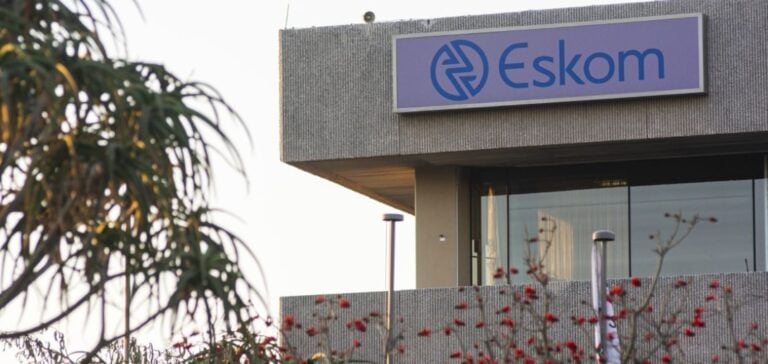The Unit 2 reactor of the Koeberg nuclear power plant, located near Cape Town, South Africa, was reconnected to the national grid on December 30. This recommissioning follows a major maintenance program aimed at extending the operational lifespan of the plant by 20 years. This project, considered essential for the country’s energy security, is part of a long-term strategy to modernize South Africa’s energy infrastructure.
A strategic reactor for grid stability
The Unit 2 reactor, with a capacity of 930 MW, plays a key role in Eskom’s efforts to increase national production by 2500 MW by March 2025. Since it was taken offline on December 11, 2023, complex operations have been carried out, including the replacement of three steam generators, structural inspections, and a refueling process. These interventions aim to ensure continuous and reliable production to meet the country’s growing needs.
Koeberg remains an indispensable part of the national energy infrastructure. Together, the plant’s two reactors account for approximately 5% of South Africa’s electricity production. Their contribution helps stabilize the grid while mitigating recurrent load-shedding events.
The energy transition under pressure
With an energy transition targeting reduced reliance on coal by 2030, South Africa is turning to low-carbon sources like nuclear to ensure stable supply. Unlike intermittent renewable energy, nuclear provides consistent output suitable for industrial demands and critical infrastructure.
The South African National Nuclear Regulator has already extended the operational life of Koeberg’s Unit 1 until 2044, with a similar decision for Unit 2 expected in 2025. These decisions reflect the commitment to maintaining nuclear energy as a cornerstone of national energy policy.
Economic and political stakes
The long-term program at Koeberg, although costly, represents a strategic investment for South Africa. Life extension projects like the one at Koeberg optimize existing assets while reducing greenhouse gas emissions.
This choice is also set against a political backdrop marked by the need to secure a balanced energy mix. South Africa’s industrial and governmental stakeholders are assessing the economic and social implications of such investments, which directly influence the country’s competitiveness in international markets.






















